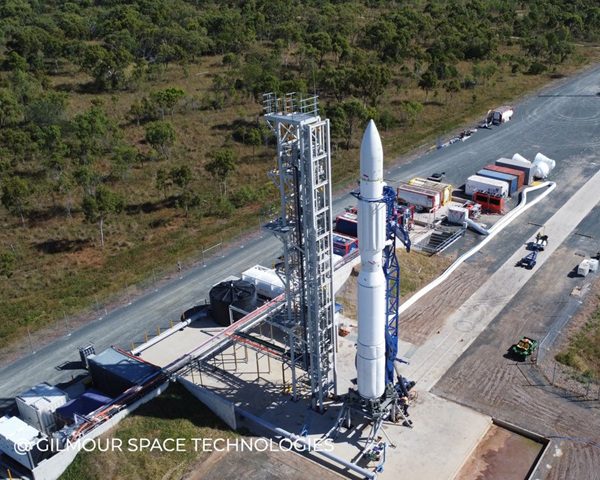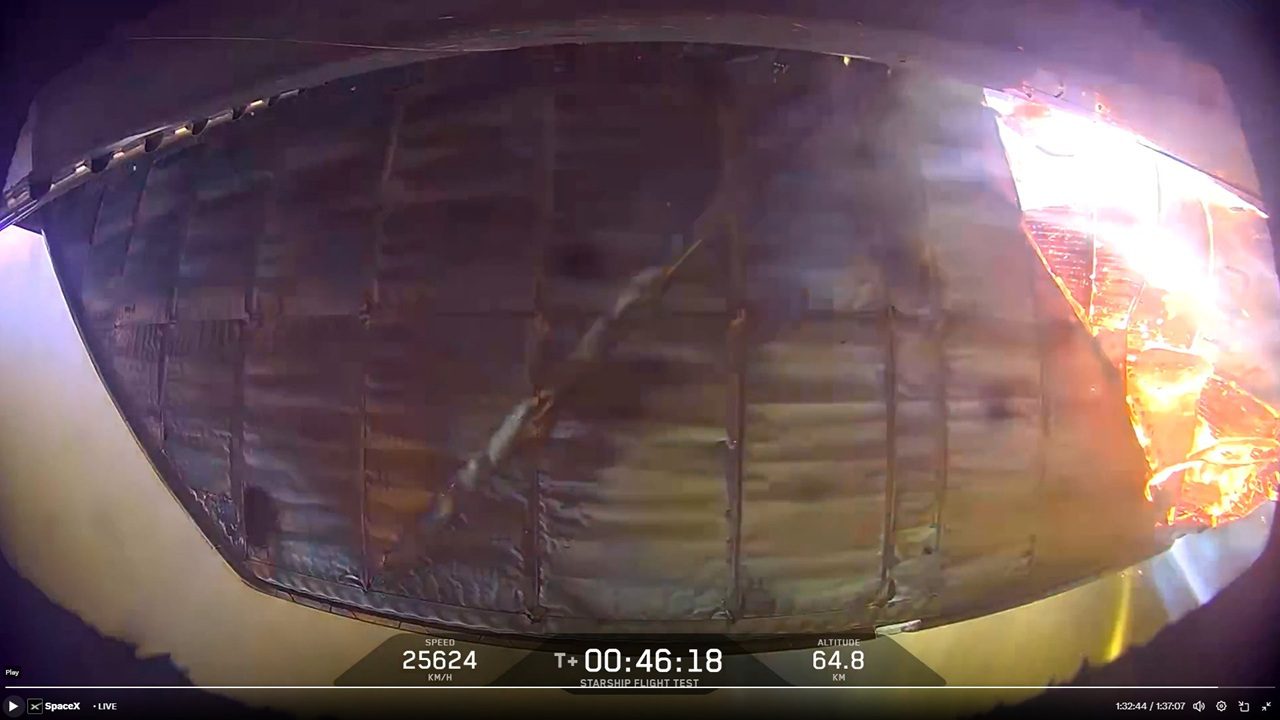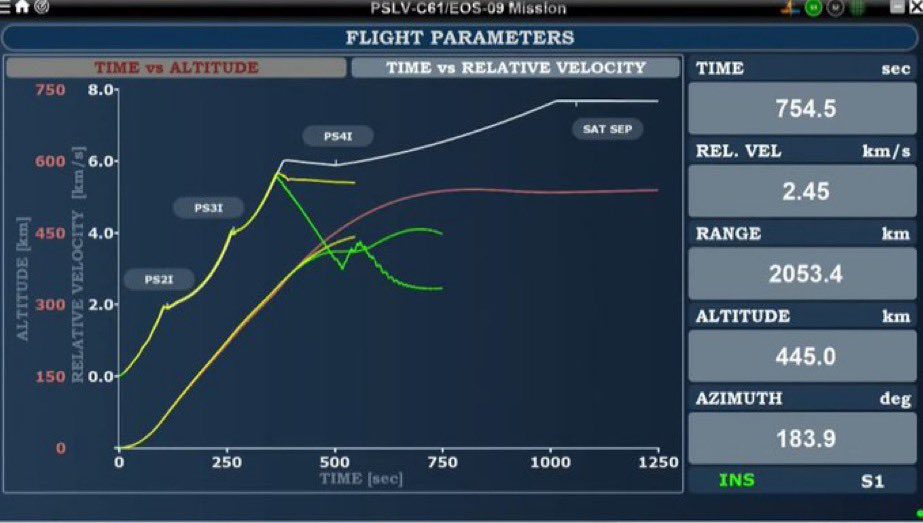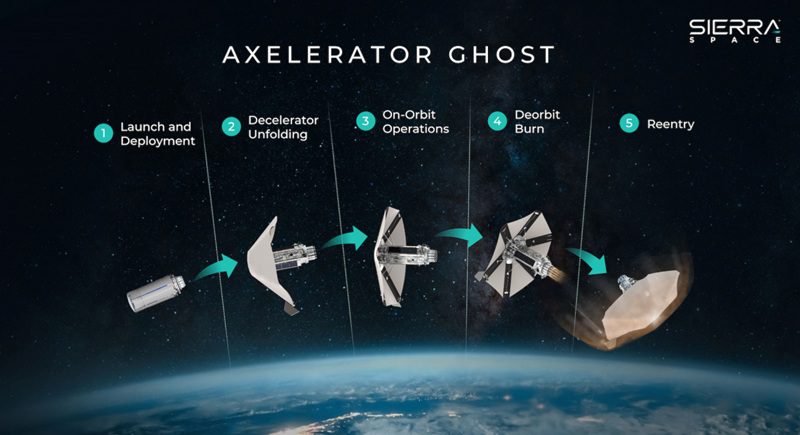NASA’s acting administrator, Robert Lightfoot, revealed in a speech at NASA Marshall Spaceflight Center at Huntsville, Alabama, that NASA’s budget had received a US$300 million increase to its original request, raising it to US$19.9 billion for Fiscal Year 2019 (FY2019).
But there were some shocks. US State funding for the International Space Station (ISS) is to cease in 2025 – effectively meaning the end of the station unless commercial funding can be found. Savings in running and transportation costs for NASA will amount to about US$3 billion a year. A NASA grant of $150 million per year over the next five years is being made available for commercial companies to help to continue to run the ISS or, more likely, to develop a smaller Low Earth Orbit (LEO) space station.

Having already cancelled the unpopular Asteroid Redirect Mission (ARM), the plan instigated by the Trump administration also cut a keynote science programme, the US$3.2 billion Wide-Field Infrared Survey Telescope (WFIRST) observatory. Instead there is a renewed emphasis on lunar exploration as a route to proving out technologies for an eventual human mission to Mars.
NASA is officially committing to the construction of an orbiting space station around the Moon called Lunar Orbital Platform – Gateway, the first element of which will be the power and propulsion module. US$504 million of the FY2019 budget is being allocated to the platform design. The platform will be used as a base for robotic landings on the Moon, before eventual human astronaut landings some time in the late 2020s – after Donald Trump leaves office should he get a second term. The 7.5 metric ton Power and Propulsion module is expected to make extensive use of the solar electric thruster technology that was being designed for the cancelled ARM.
Although threatened by newer (and cheaper to operate) commercial heavy-lift rockets, such as the Falcon Heavy and BFR and the New Glenn rocket series, the NASA SLS heavy-lift rocket got the fillip it needed when the joint SLS/Orion programme had US$3.7 billion allocated to it for FY2019.
Nevertheless, long-range human spaceflight still seems far off. The maiden flight of the SLS mission EM-1 will be a one-off flight of the Block 1 ICPS version of the SLS. It will carry the Orion capsule and service module as an unmanned test flight. This was supposed to have been in 2018 but will now take place in 2020. There will then be a hiatus in human exploration flight until 2023 when EM-2 is scheduled. This manned flight will be on the SLS Block 1B using the EUS (Exploration Upper Stage) currently being developed. The power and propulsion module will be launched a year earlier on a commercial flight, although SLS is still officially in the running.
While losing its WFIRST laboratory, NASA’s science budget has been set at US$5.9 billion covering Earth and planetary science as well as astrophysics. Despite cancellation of the full-blown ARM, there is a budget allocation of US90 million for the Double Asteroid Redirection Test, which will research deflection techniques in case any asteroid threatens Earth.







